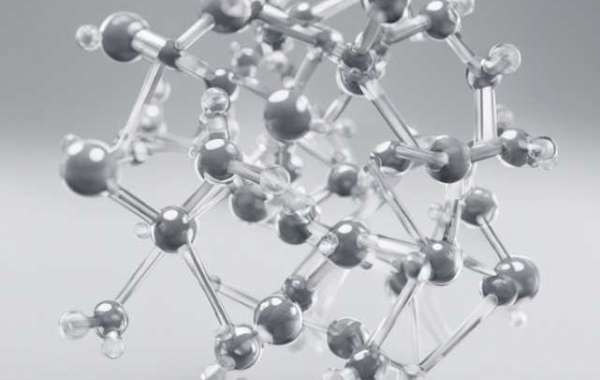Understanding the Importance of Pharma Intermediates
Pharma intermediates undergo several chemical transformations before becoming the final API. Impurities introduced at any stage can propagate through the synthesis process, impacting the quality and safety of the end product. Therefore, stringent QC is essential to:
Prevent product failures: Identifying and rectifying issues early in the process saves time and resources.
Ensure patient safety: Impure intermediates can lead to adverse drug reactions or inefficacy.
Maintain regulatory compliance: Adherence to stringent QC standards is mandatory for drug approval and market authorization.
Key Quality Control Measures for Pharma Intermediates
Raw Material Verification:
Rigorous testing of incoming raw materials to ensure they meet specified purity and quality standards.
Identification and quantification of impurities.
Documentation of all testing results.
In-Process Control:
Monitoring critical process parameters (temperature, pressure, pH, etc.) to maintain consistency.
Sampling and testing at various stages of the manufacturing process.
Implementation of real-time process analytical technology (PAT) for continuous monitoring.
Intermediate Characterization:
Comprehensive analysis of intermediate structure, purity, and potency.
Identification and quantification of impurities and by-products.
Establishment of acceptance criteria for release.
Stability Studies:
Evaluation of intermediate stability under various storage conditions.
Identification of degradation products and their impact on product quality.
Determination of shelf life.
Impurity Profiling:
Development of sensitive analytical methods to detect and quantify impurities.
Establishment of impurity control strategies to prevent their accumulation.
Documentation and Record Keeping:
Detailed documentation of all QC activities, including test results, deviations, and corrective actions.
Adherence to Good Documentation Practices (GDP).
Advanced QC Techniques
The pharmaceutical industry continuously adopts advanced technologies to enhance QC processes:
Spectroscopic Techniques: Infrared (IR), nuclear magnetic resonance (NMR), and mass spectrometry (MS) provide detailed structural information about intermediates.
Chromatographic Techniques: High-performance liquid chromatography (HPLC) and gas chromatography (GC) are used for separation and quantification of impurities.
Particle Size Analysis: Essential for controlling the physical properties of intermediates.
Statistical Process Control (SPC): Monitoring process parameters to identify trends and prevent deviations.
Conclusion
Quality control of pharma intermediates is a multifaceted process requiring expertise, advanced analytical techniques, and a strong commitment to quality. By implementing robust QC measures, pharmaceutical companies can ensure the production of safe and effective drugs, ultimately benefiting patients worldwide.







